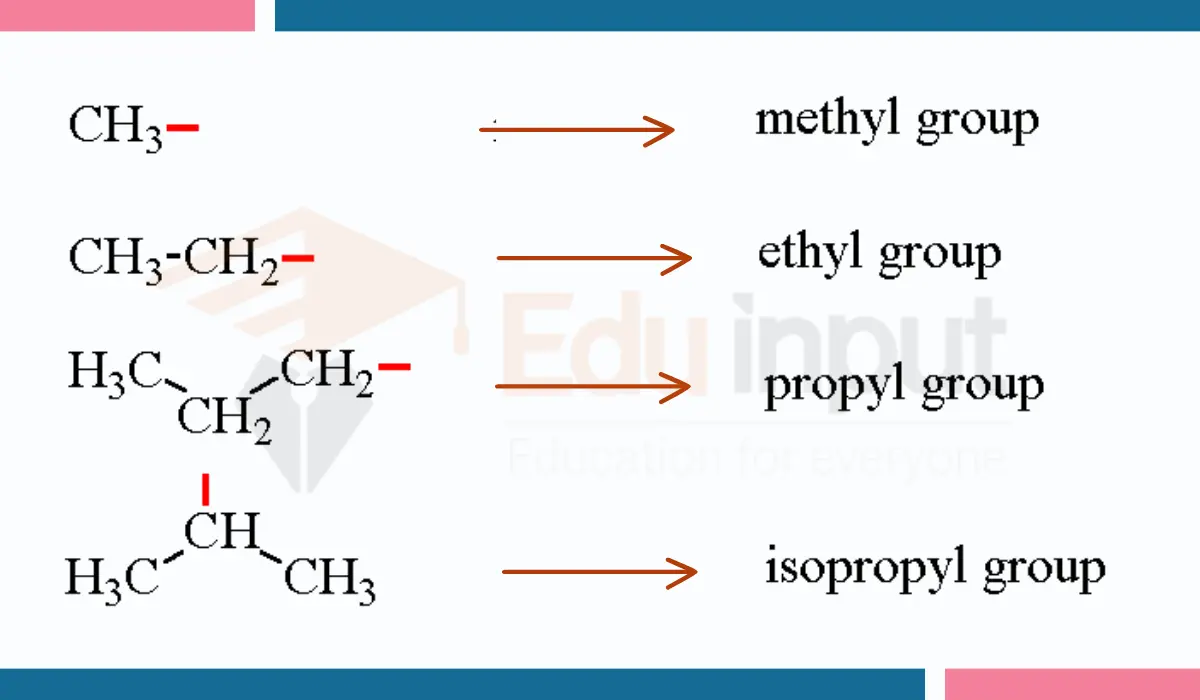15 Examples of Van der Waals Forces
Van der Waals forces, also known as London dispersion forces or molecular forces, are weak attractive forces that exist between molecules. These forces play a crucial role in various aspects of chemistry. You can explore these interactions further with the Van Der Waals Calculator.
Examples of Van der Waals Forces
Here are 15 examples of Van der Waals Forces:
1. Noble Gases (e.g., Helium)
Noble gases like helium are monoatomic and have weak Van der Waals forces between their atoms. These forces are responsible for the low boiling points and existence as gases at room temperature.
2. Hydrocarbons (e.g., Methane)
Molecules composed of only carbon and hydrogen atoms, such as methane, exhibit Van der Waals forces. These forces are responsible for the condensation of hydrocarbons into liquids under certain conditions.
3. Diatomic Gases (e.g., Oxygen)
Diatomic gases like oxygen have Van der Waals forces between their molecules, contributing to their liquefaction and solidification at low temperatures.
4. Alkanes (e.g., Ethane)
Alkanes, a class of hydrocarbons, experience Van der Waals forces due to the temporary fluctuations in electron distribution within their molecules. These forces increase with the size of the alkane.
5. Halogens (e.g., Chlorine)
Halogens like chlorine exhibit Van der Waals forces between their diatomic molecules. These forces influence their physical states and behavior in chemical reactions.
6. Noble Gas Compounds (e.g., Xenon Hexafluoride)
Compounds involving noble gases, such as xenon hexafluoride, experience Van der Waals forces that contribute to their stability and physical properties.
7. Organic Compounds (e.g., Benzene)
Organic compounds like benzene feature Van der Waals forces that influence their boiling points and solubility in other solvents.
8. Biomolecules (e.g., DNA Base Pairs)
Biomolecules like DNA base pairs are held together by Van der Waals forces, contributing to the stability of the DNA double helix.
9. Geckos and Adhesion
Geckos are known for their remarkable climbing abilities, thanks in part to Van der Waals forces that allow their foot hairs to adhere to surfaces.
10. Intermolecular Interactions in Liquids
In liquids, Van der Waals forces between molecules influence properties such as viscosity and surface tension.
11. Molecular Recognition in Pharmaceuticals
In drug design, Van der Waals forces are considered in the interaction between drug molecules and their target receptors.
12. Lubrication
Van der Waals forces contribute to the lubrication of moving parts in machinery and engines, reducing friction.
13. Chemistry of Supramolecular Structures
Supramolecular chemistry relies on weak intermolecular forces, including Van der Waals forces, to construct complex molecular assemblies.
14. Material Science
In material science, Van der Waals forces can affect the properties of materials, including adhesion and cohesion.
15. Nanotechnology
Nanoparticles and nanomaterials often exhibit unique properties due to the dominance of Van der Waals forces at the nanoscale.





Leave a Reply